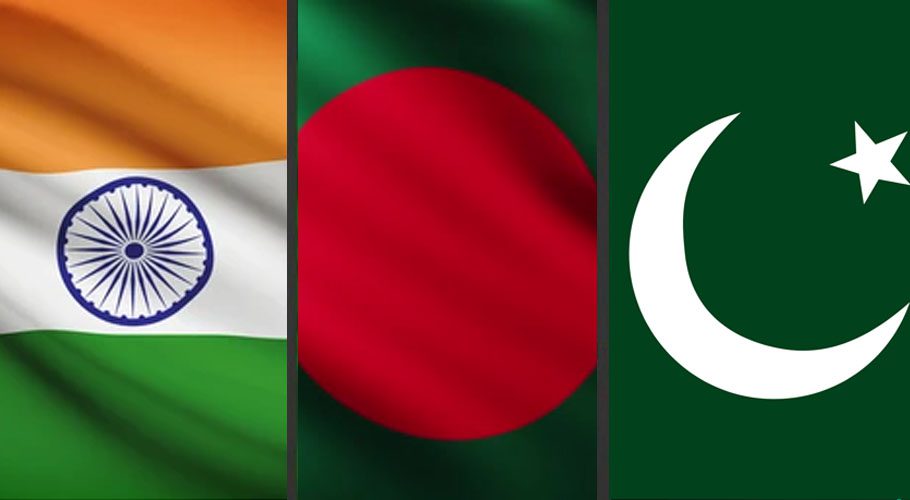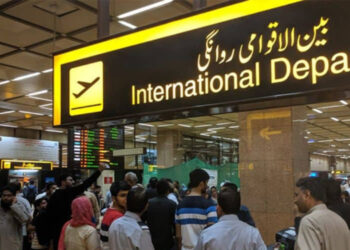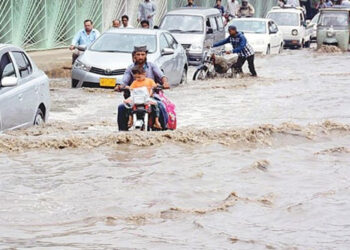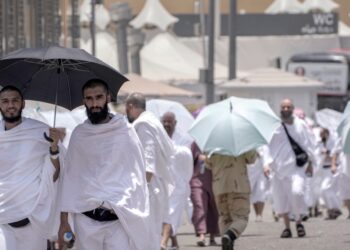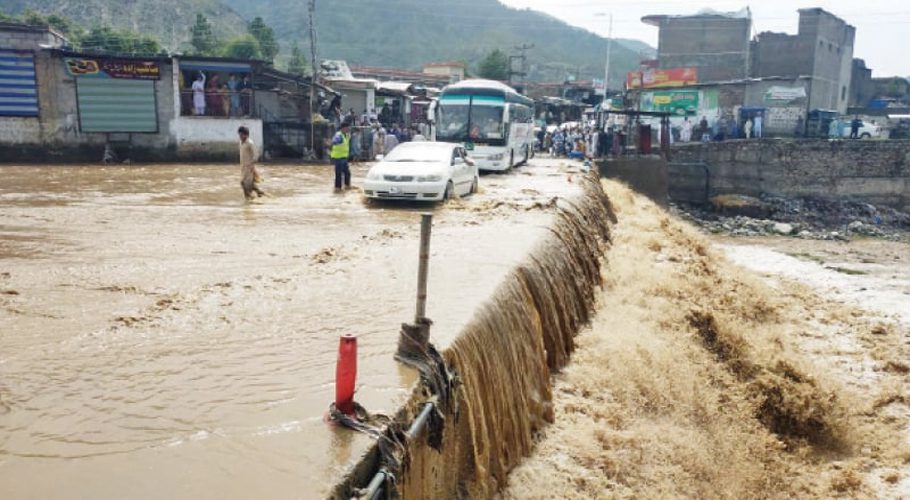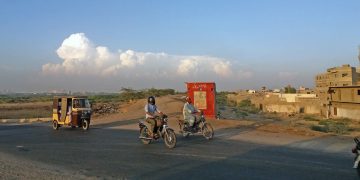In 1971, Bangladesh separated from Pakistan after a bitter civil war and years of deprivations. The impoverished nation was over-populated, faced cyclones, and was labelled a ‘basketcase’ by US Secretary of State Henry Kissinger.
Bangladesh celebrated its 50th anniversary this year in March and showed it is now ahead of Pakistan in several indicators. The IMF had indicated Bangladesh’s economy has grown to $322 billion by 2021. Today, an average Bangladeshi citizen is much wealthier compared to Pakistan.
This month, it was reported that Bangladesh’s GDP per capita had grown by 9% over the past year to $2,227. Pakistan’s per capita income is $1,543. In 1971, Pakistan was 70% richer than Bangladesh, but today, Bangladesh is 45% richer than Pakistan. India is also now poorer than Bangladesh in per capita terms. India’s per capita income in 2020-21 was a mere $1,947.
Bangladesh’s development has surpassed Pakistan and it would transform to become the 26th largest economy. The Human Development Index (HDI) for Bangladesh is around 0.608 in 2017. Pakistan’s HDI value for 2018 is 0.560, which puts the country in the medium human development category. Pakistan suffered losses because of income disparity of 25.6 percent, while the World Bank states Bangladesh is one of the countries with reduced income equality.
Bangladesh’s dependency on foreign aid has reduced remarkably from 88% in 1972 to just over 2 percent in 2010. Pakistan has relied on foreign aid particularly from the US and other financial institutions which has crippled the economy.
Bangladesh’s growth rests on three pillars – exports, social progress and fiscal managment. Between 2011 and 2019, Bangladesh’s exports grew at 8.6% every year. The success is largely due to the country’s ready garment industry. According to a March 2021 report from management consultancy McKinsey & Co, garments accounts for 84% of the country’s exports after recording an annual growth rate of 7% for the last decade.
The share of Bangladeshi women in the labour force has consistently grown, unlike India and Pakistan, where it has decreased. Bangladesh has maintained a public debt-to-GDP ratio between 30% and 40%. India and Pakistan both have a public debt close to 90% of GDP.
Bangladesh’s second-largest source of foreign exchange earnings is its diaspora. In the first ten months of the 2020-21 fiscal year ending June, it received more than $20 billion in remittances, setting a new record. The spike in remittances is the result of a crackdown on illegal hundi and other informal channels
The Indian economy contracted by a whopping 7.3% in the 2020-21 fiscal year, the worst performance in decades. Bangladesh’s economy is estimated to have expanded by 5.8% in the same period.
On May 25, the central bank of Bangladesh approved $200 million currency swap facility with Sri Lanka. Bangladesh holds foreign exchange reserves of about $45 billion while Sri Lanka’s reserves had dropped to $4.5 billion.
The phenomenal rise of Bangladesh also lies in political stability. This comes amid a crackdown on Islamic extremists and other militant groups which raised accusation of human rights abuses. This certainly has lessons for Pakistan on what went wrong in the fast five decades.







